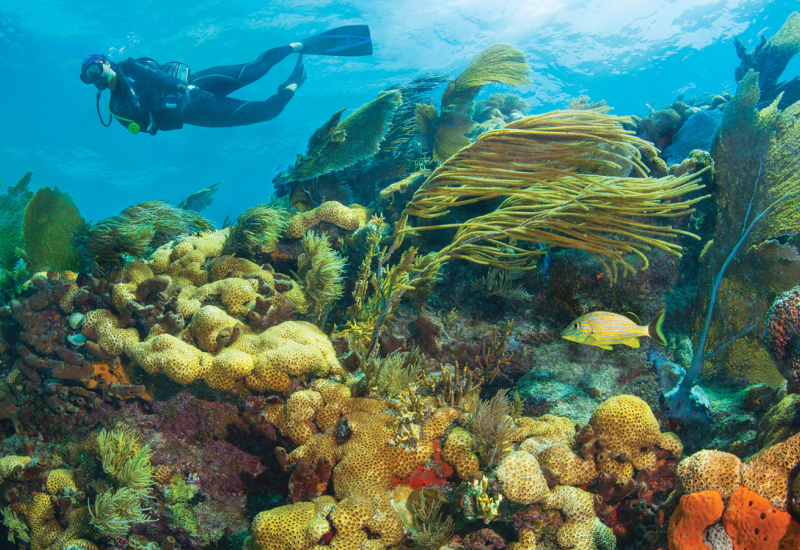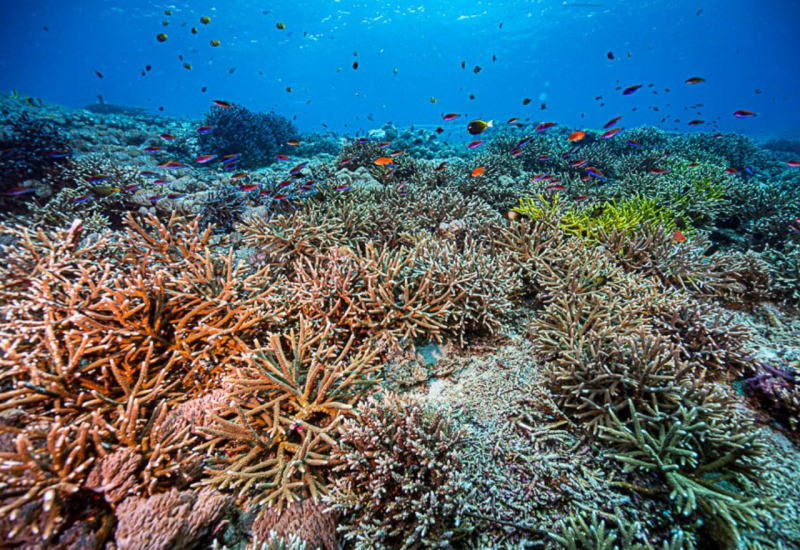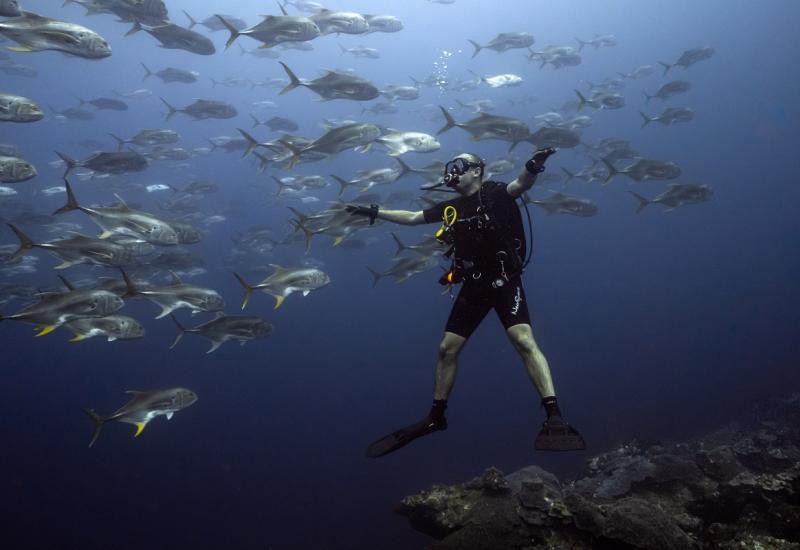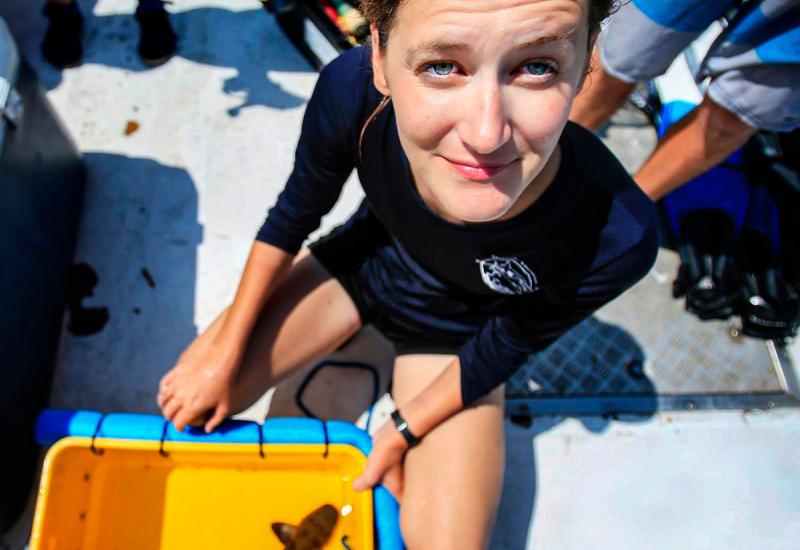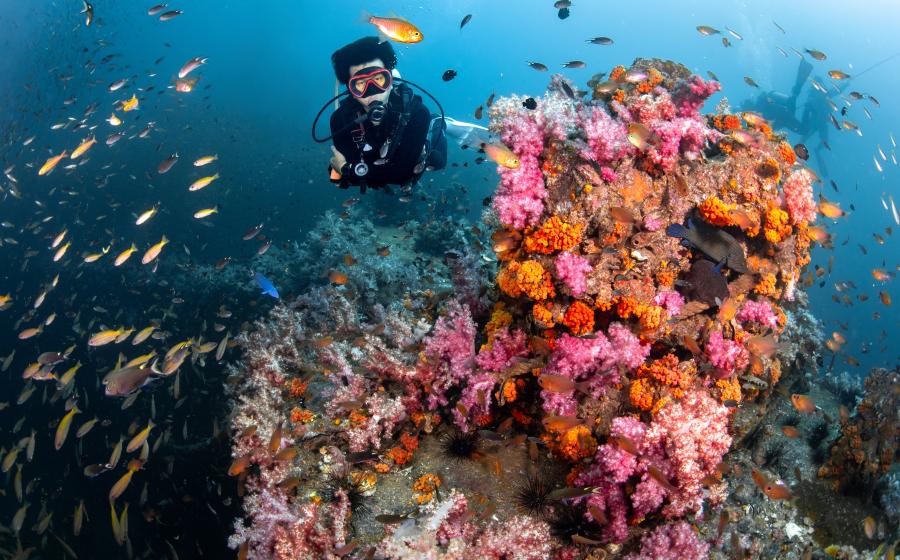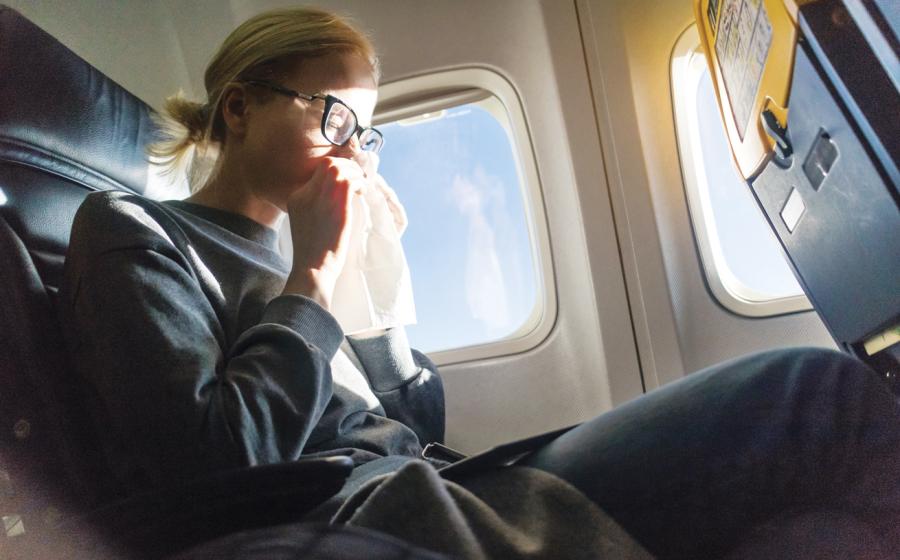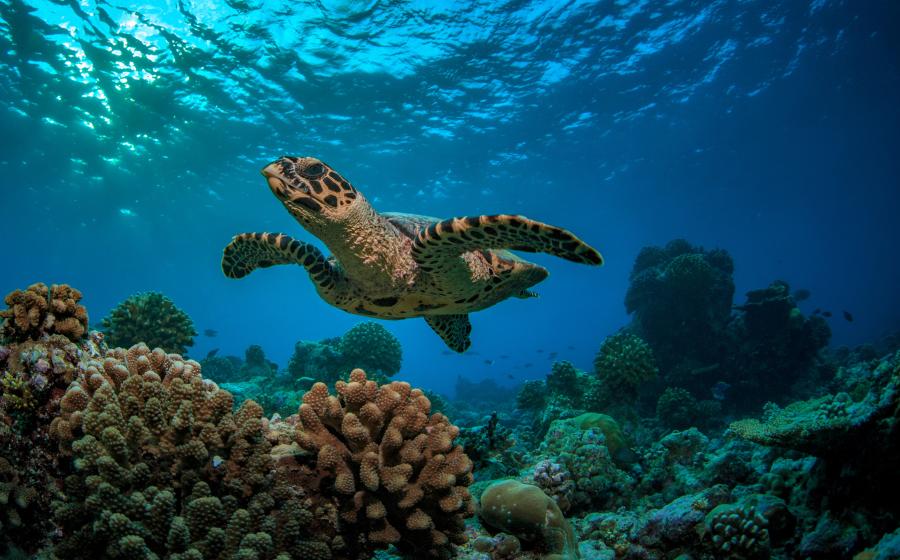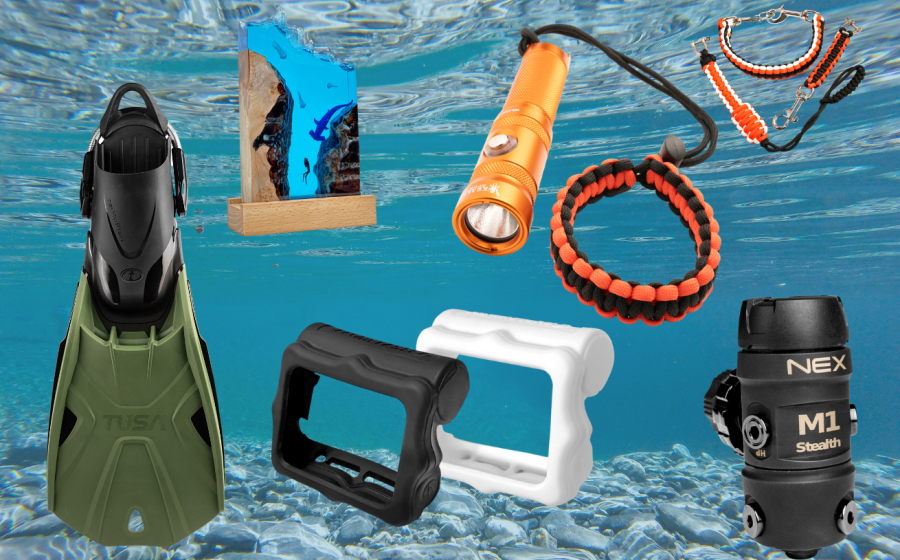Scientists Develop 3D-Printed Reef Tiles to Repopulate Coral Reefs
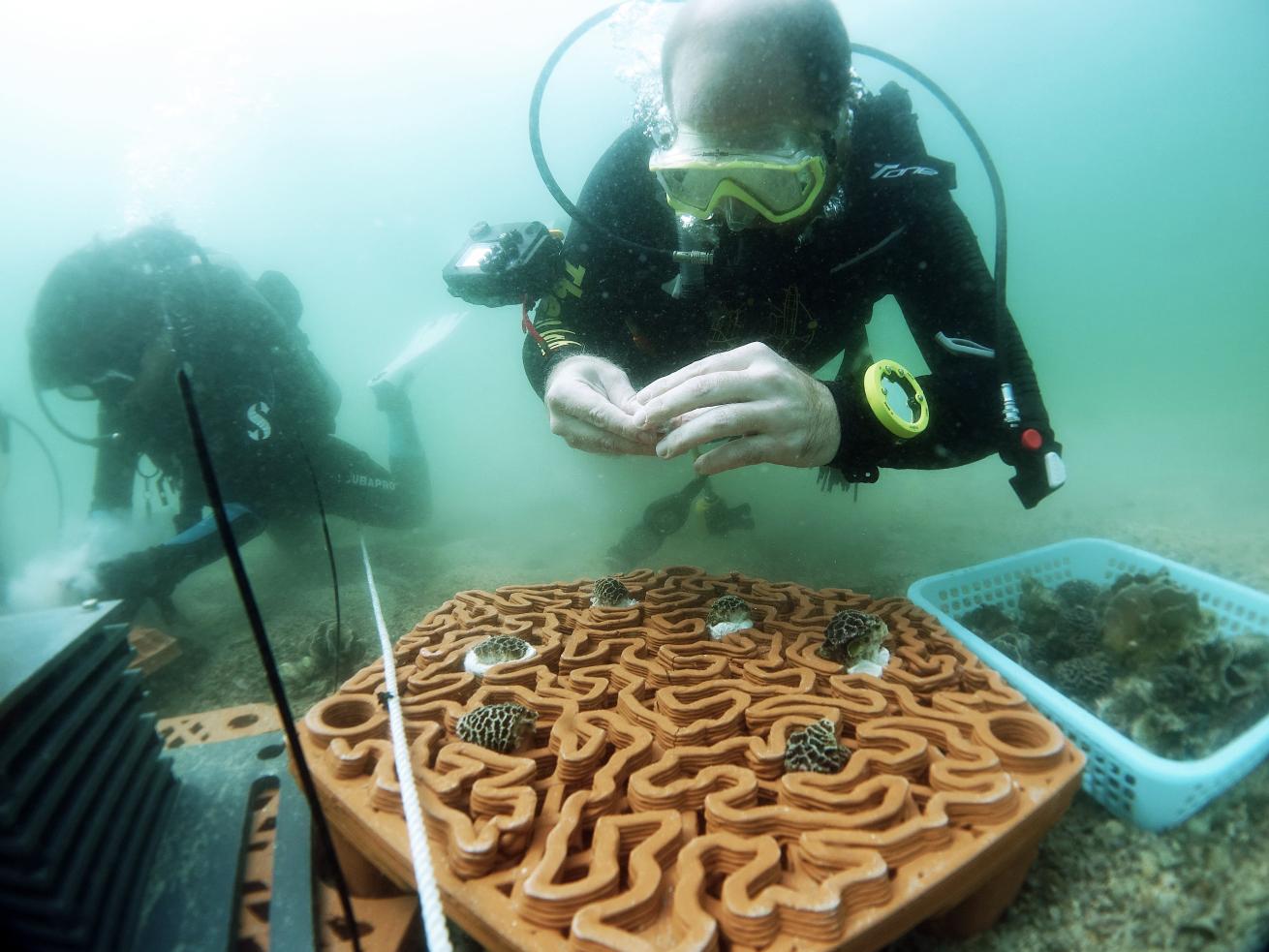
Courtesy Hong Kong Agriculture, Fisheries and Conservation DepartmentThe terracotta tiles, which the design team says are more environmentally-friendly than traditional artificial reef materials, anchor intentionally-planted coral fragments and free floating fragments underwater.
3D-printed terracotta tiles are the latest artificial reef innovation.
Tiles recently deployed in in Hong Kong’s Hoi Ha Wan Marine Park, a biodiversity hotspot, are the joint creation of architects and marine scientists at the University of Hong Kong.
Hong Kong’s Agriculture, Fisheries and Conservation Department commissioned the project to manage coral reefs within the park. Hoi Ha Wan is home to three-quarters of Hong Kong’s reef-building corals and over 120 species of fish, but bioerosion, coral bleaching and mass coral die-offs have put the area’s reefs at risk.
The first batch of 128 terracotta reef tiles was printed and deployed in July at three sites within the park: Coral Beach, Moon Island and a bay near the WWF Marine Life Centre.
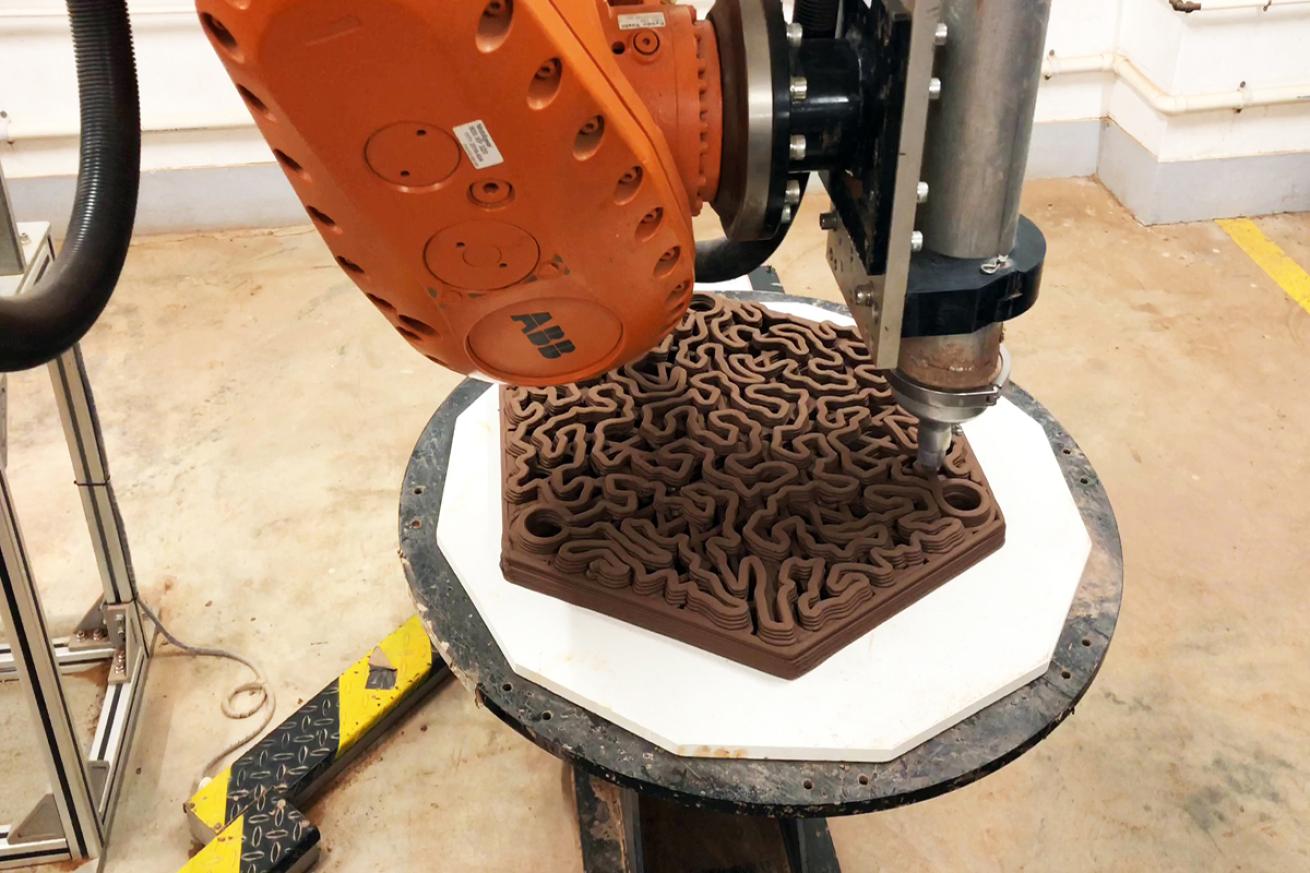
Christian J. LangeAfter printing, the tiles are fired at 2,057 degrees Fahrenheit.
Scientists seeded the approximately 2-foot tiles with three species of coral fragments before outplanting. The specially-designed grooves prevent sedimentation while anchoring the seeds and dislodged coral fragments floating through the water column. Using porous clay promotes coral growth, and the project claims it is more eco-friendly than conventional concrete-and-metal artificial reef structures.
Monitoring of the pilot program and will continue for the next year-and-a-half.
All tiles in the pilot have with identical grooves, but thanks to 3D printing scientists are free to change up the designs as they see fit, Christian Lange, one of the program’s leaders, tells Fast Company.
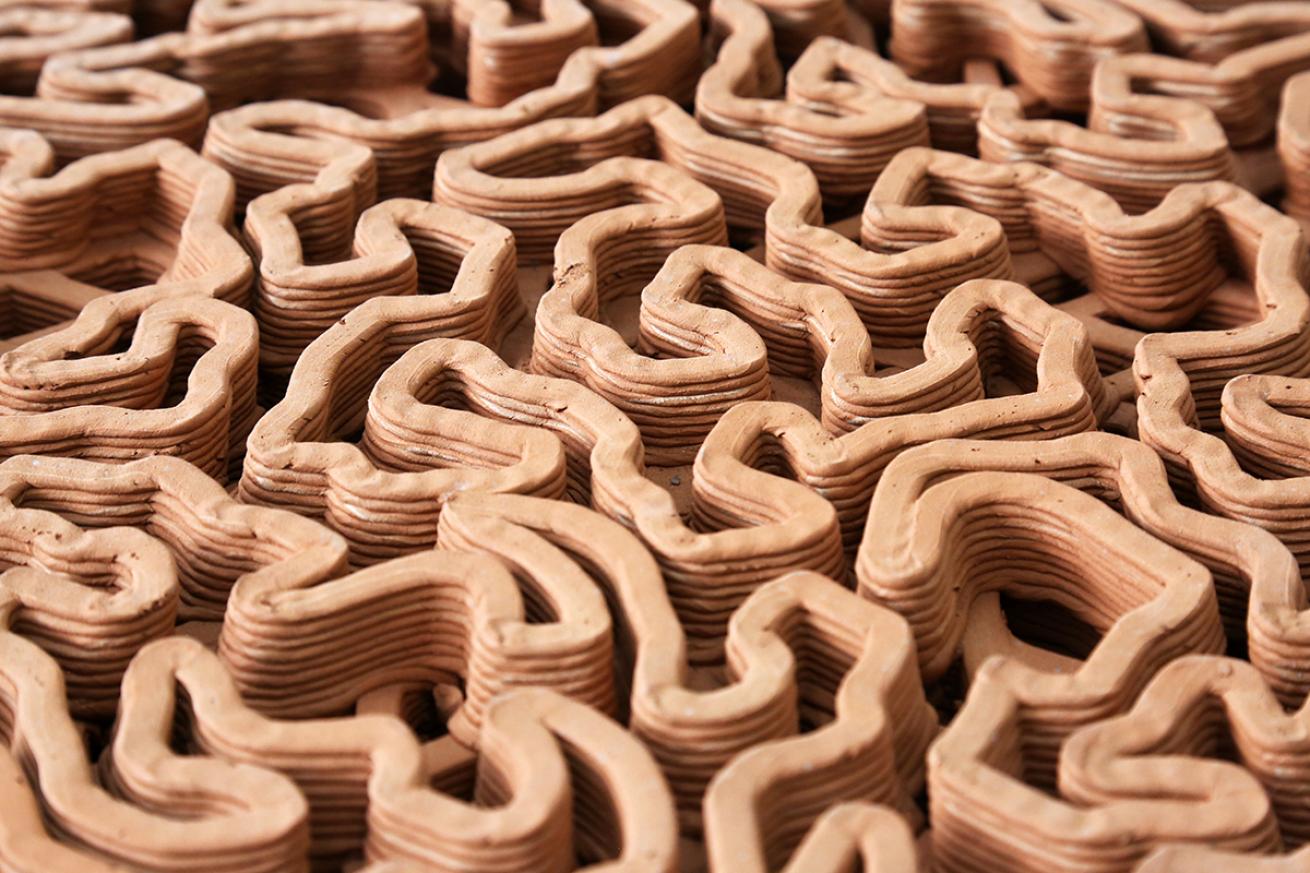
Christian J. LangeScientists can tweak the groove pattern at no-cost.
“3D printing offers the advantage to produce objects and parts much more cost-effectively,” he says. “But the most powerful advantage of it is that it could print each object with a different design without increasing the cost.”
If monitoring of the novel tiles shows promising results, the team hopes to spread this restoration model to other marine sites.

Vriko YuScientists will monitor the artificial reef for the next a year-and-a-half.

